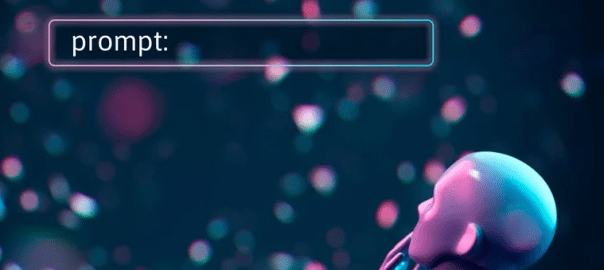Generating high-quality content for businesses, websites, and other uses is critical. However, creating engaging and effective content is a time-consuming and challenging task to accomplish. The use of keywords in Artificial Intelligence prompting (AI Prompting) has the potential to improve productivity and creativity by assisting in the content authoring or generation process.
Keywords are words or phrases that are important to the topic of your prompt. When you use keywords in your prompt, you are telling the language model what you are looking for. This can help to improve the accuracy of the results.
Here is an example of how to use keywords in a prompt:
Prompt: Write a poem about a cat.
This prompt is not very specific. It does not tell the language model what kind of poem you want, or what the poem should be about.
Better prompt: Write a haiku about a black cat.
This prompt is more specific. It tells the language model that you want a haiku, and it also provides a specific detail about the cat. This can help to improve the accuracy of the results.
Here is another example:
Prompt: Write a story about a dog who saves a child.
This prompt is not very specific. It does not tell the language model what kind of story you want, or how the dog saves the child.
Better prompt: Write a mystery story about a dog who saves a child from a burning building.
This prompt is more specific. It tells the language model that you want a mystery story, and it also provides a specific detail about how the dog saves the child. This can help to improve the accuracy of the results.
By using keywords in your prompts, you can improve the quality of the results. This can lead to better results, such as more accurate and informative text.
Here is an example of how to use keywords in a prompt:
Prompt: Write a poem about a flower that is beautiful and fragrant.
In this prompt, the keywords are flower, beautiful, and fragrant. These keywords help to narrow down the scope of the poem and give the writer a starting point. The writer can then use their imagination and creativity to fill in the details of the poem.
Here is an example of a poem that could be generated from this prompt:
The flower is beautiful,
With petals of red and white.
It is fragrant,
With a sweet smell that fills the air.
The flower is a symbol of love,
And it is often used in weddings and other celebrations.
It is also a symbol of hope,
And it reminds us that even in the darkest of times,
There is always beauty to be found.
This is just one example of how to use keywords in a prompt. There are many other ways to use keywords, and the best way to find out what works best for you is to experiment.

